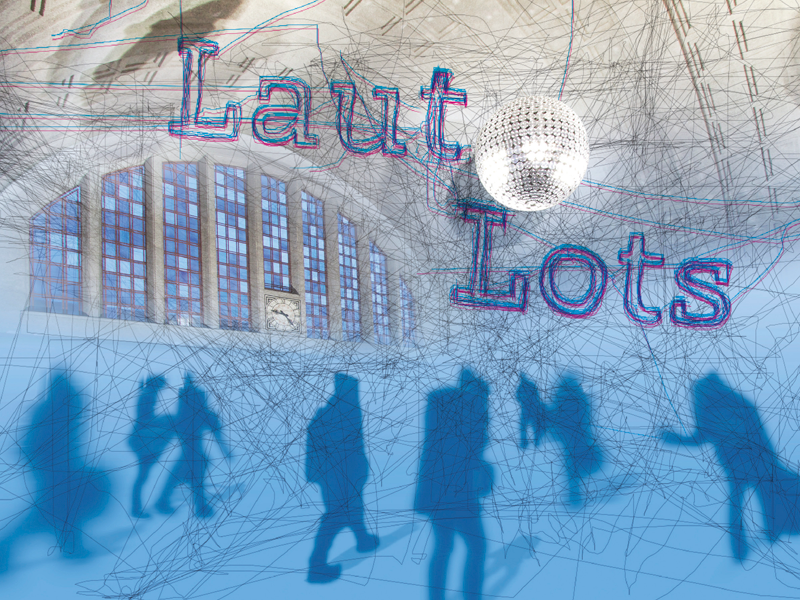Large-Scale Indoor Tracking in Transitory Spaces – Strategic Initiative FHNW

The tracking of moving objects and the methods of doing so play important and varied roles in research carried out at FHNW: the Academy of Music FHNW uses infrared tracking to perform electronic music; the Institute of Experimental Design and Media Cultures (Academy of Art and Design FHNW) instrumentalises spatial tracking in urban and communal development processes, as a digital prototyping tool or as a point of departure for artistic projects; the Institute of Mobile and Distributed Systems (School of Engineering FHNW ) works on locating mobile objects/persons and above all the context-sensitive mobile device services which build upon the tracking information.
For our project Large-Scale Indoor Tracking in transitorischen Räumen (Large-Scale Indoor Tracking in Transitory Spaces) all three above-mentioned research institutes are teaming up to co-develop new tracking methods for an interactive artwork. The prototypical transitory space for this is Basel’s railway station, the Badische Bahnhof: It is a space existing on a border (between the canton Basel-Stadt and Baden province/Switzerland and Germany, and indeed the EU) and it is a building that one wishes to exit as quickly as possible. A location like this is like magnifier for observing transformation of cultures and life worlds. The project is firstly about investigating this border space, so steeped in history as it is, in a new way with art, technology and vision towards designing its future. Secondly, this selected case study shall serve to develop new resources in both technology and art.
Our guiding line of inquiry is: How can boarder spaces be investigated with art and media and how is that to be orchestrated? How does interaction arise in various disciplines? What technical requirements have to be posited and fulfilled for this line of questioning? The results of our research will be presented in the form of an interactive artwork within which the spectators come into direct contact with the history and the present-day situation of the Badische Bahnhof, allowing them to discover this border space in a new way.
Contact

Project manager HGK
Funding
Strategic Initiative FHNW
Duration
October 2012 – October 2013




